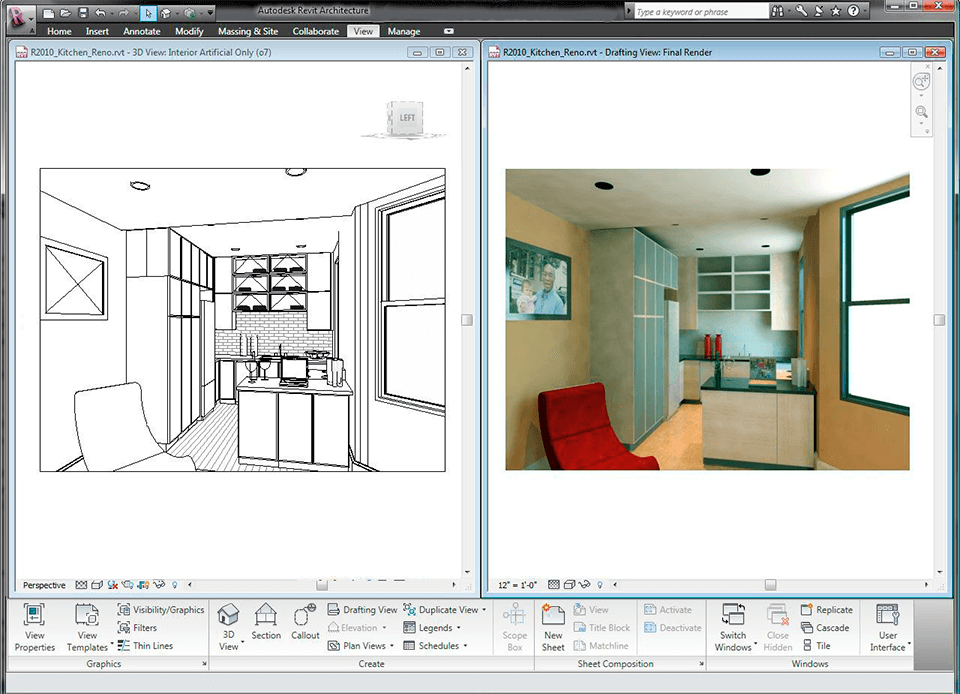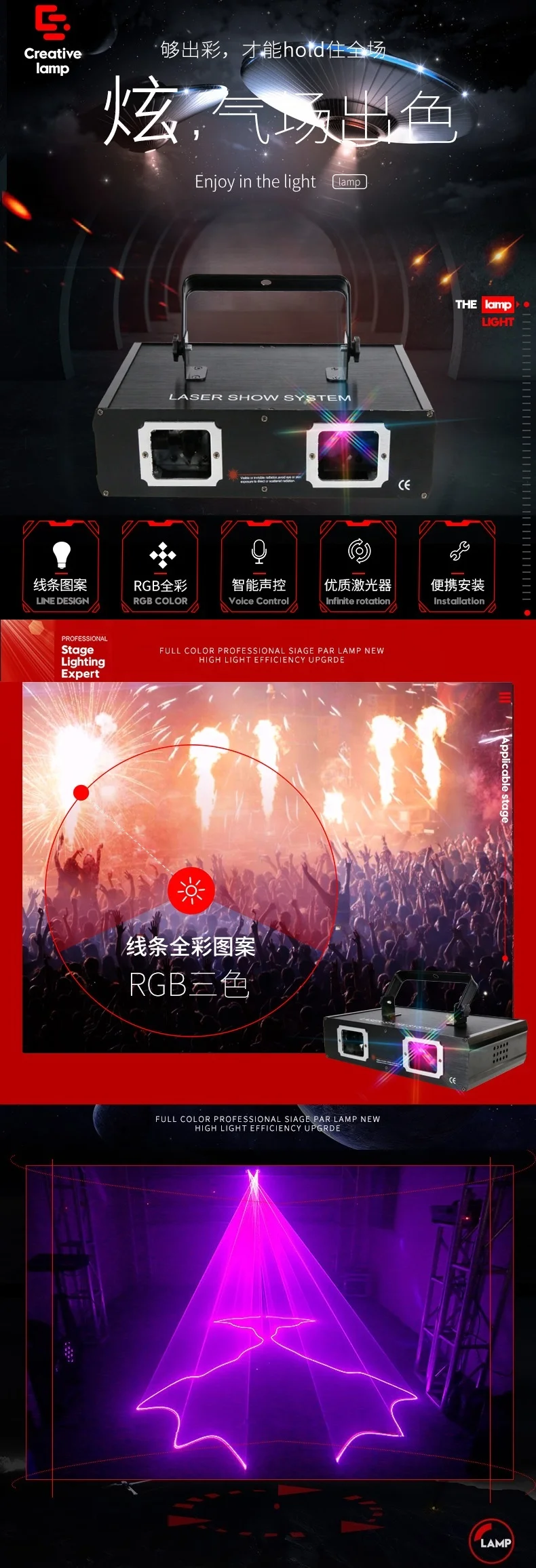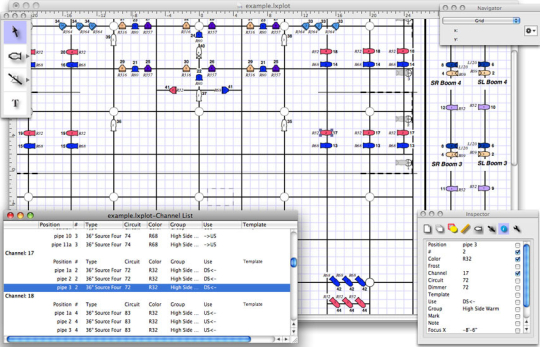

- #Free 3d stage lighting design software update
- #Free 3d stage lighting design software Patch
- #Free 3d stage lighting design software software
Featuring a revised, more intuitive interface, an updated luminaire symbol library, function keys that align with AutoCAD 2004, and customizable toolkits that are movable on screen, this user-friendly AGI update has made great strides since the first release of the program in 1992. A 3-D radiosity-based point-by-point and imaging program, AGI calculates both electric light and daylight in most environments.
#Free 3d stage lighting design software software
The most recent version of the well-known lighting calculation software AGI32, version 2.0, was released by software company Lighting Analysts in February 2008. Following is an overview of the four leading calculation software packages commonly used in lighting design offices across the United States: AGI32, Lumen Designer, DIALux, and Radiance. Additionally, raytracing can be a slow process, especially if the model contains a large quantity of surfaces.Īll lighting software uses one or both of these two options to calculate the illuminance (the amount of luminous flux per unit area) and luminance (the intensity of light emitted from a surface per unit area in a given direction) of surfaces, and provisions to export lighting calculation data. Unlike radiosity, raytracing is view dependent, meaning renderings must be recalculated from each new angle.

Raytracing creates beautiful renderings and presentation-quality images by visually representing light on all surfaces, including the sparkle and highlights on specular materials.

This method works for all object types including transparent, translucent, and specular surfaces. Calculation rays are sent outward from a particular viewpoint and the program follows each ray as it hits and reflects off different surfaces and divides into more rays. Raytracing, on the other hand, is a point-specific lighting calculation process. A disadvantage to the radiosity method is that it applies to matte and diffuse surfaces only, so contributions from translucent, transparent, and specular (shiny) surfaces are not included in the calculation. Because of the surface dependency of the calculation, the radiosity method can calculate a model once and produce any desired view. Lambertian reflectance refers to surfaces that have reflected light scattered in such a way that the apparent brightness of the surface is the same regardless of the observer's angle of view. This method works well for all matte model surfaces since radiosity is based on Lambertian reflectance calculations.
#Free 3d stage lighting design software Patch
The program then solves the system of equations in the model by determining the quantity of light on each patch as a result of the total sum of all the patches.

Each patch is calculated individually for the amount of light that enters or leaves that surface. Radiosity is a calculation method that divides each surface into small pieces, called patches. To better understand how lighting software accurately calculates lighting levels, radiosity and raytracing must be differentiated. All available lighting software options use one of two methods of calculation-radiosity or raytracing. Lighting calculation software depends on two important components to produce accurate calculations: the selected light sources, and the surfaces within the model. In choosing lighting software, it is important to determine the designer's required purpose: Is the software being selected to perform simple calculations, assist in space analysis, or to provide the client with a photo-realistic rendering? Once the functional intent is determined, the pros and cons of each software option can be evaluated to best suit the designer's needs. Lighting designers use software as a design tool to complement and contribute to the design process, for everything from complex calculations to presentation renderings.


 0 kommentar(er)
0 kommentar(er)
